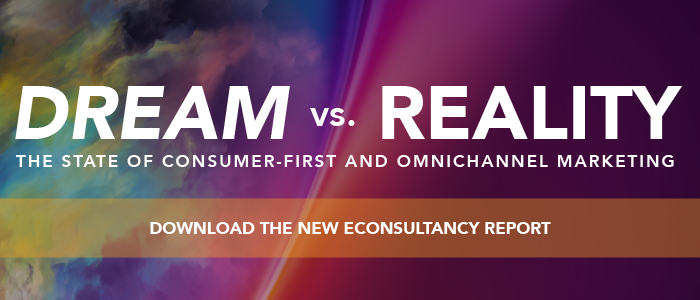This story originally appears on Which50.
Nobody gets out of bed in the morning determined to make their consumer’ lives harder — now more than ever. These days, building a customer-first culture is critical to success. But that doesn’t make it easy.
Which-50 and MediaMath recently convened a Thought Leadership Lab (TLL) in Sydney with representatives from banking, finance, FMCG, property, media, and technology industries to deep-dive into these issues.
Not all participants were authorised to speak for their companies, so we have included their ideas and insights without reference to their organisations to enable them to share freely.
The first lesson to emerge from the day was that despite (or perhaps because of) all the development in digital technology, and the emergence of sophisticated platforms and analytics, the actual work of putting the customer-first is as complex as ever.
Gone are the days when companies only had one or two channels to consider. In some industries, consumers may have as many as 20 to 25 different ways they can connect to a brand.
All of those various touch points need to be connectable, and data needs to flow seamlessly and immediately across all the various internal boundaries that make up the departments of the modern enterprise, in order to get the immediate customer requirement.
Even when the number of channels is smaller, new channels emerge, each with their own complexities and challenges.
Take radio, for instance. In the past, you might have sweated on whether the consumer was listening to you in a car or at their kitchen table. Technology has changed that mindset forever.
According to a Digital Platforms manager at one of the country’s leading radio stations, “We’re fundamentally a radio company, but really what we are is audio everywhere”.
The executive’s company now focuses on traditional broadcast, as well as on streaming, and it also has a large podcast network which extends beyond the typical radio content.
“Wherever consumers are going to consume audio, we’re going to go there as well. That’s the future state for us.”
Connected home is another area where the media company needs to understand its place in the hearts and minds of its audience. “Yeah, that’s the next big audio channel. It’s about working out a connected home strategy. How do our consumers, our listeners, find us on those platforms? How do you get the skills to integrate into the devices and then you know, how do you commercialise it?”
And it needs to do this in the context where its traditional agency partners who might have been expected to do some of the heavy lifting in research and strategy in the past, are also trying to find their feet.
“Consumers are way ahead of marketers in that sense. Marketers are still grappling with issues such as measuring ROI whereas consumers already love the channel,” she said.
For executives like this, a big part of the challenge is applying measurement to these new channels. “We need to understand who is the real audience. So it’s about getting the DMP [data management platform] in place. It’s about partnering with companies that are really rich in data, and having that second-party data partnership to help us better understand who is actually engaging on our websites with us. That also means finding a compelling reason for people to register or log in with us so we can properly track them.”
Read the rest of the article here.










